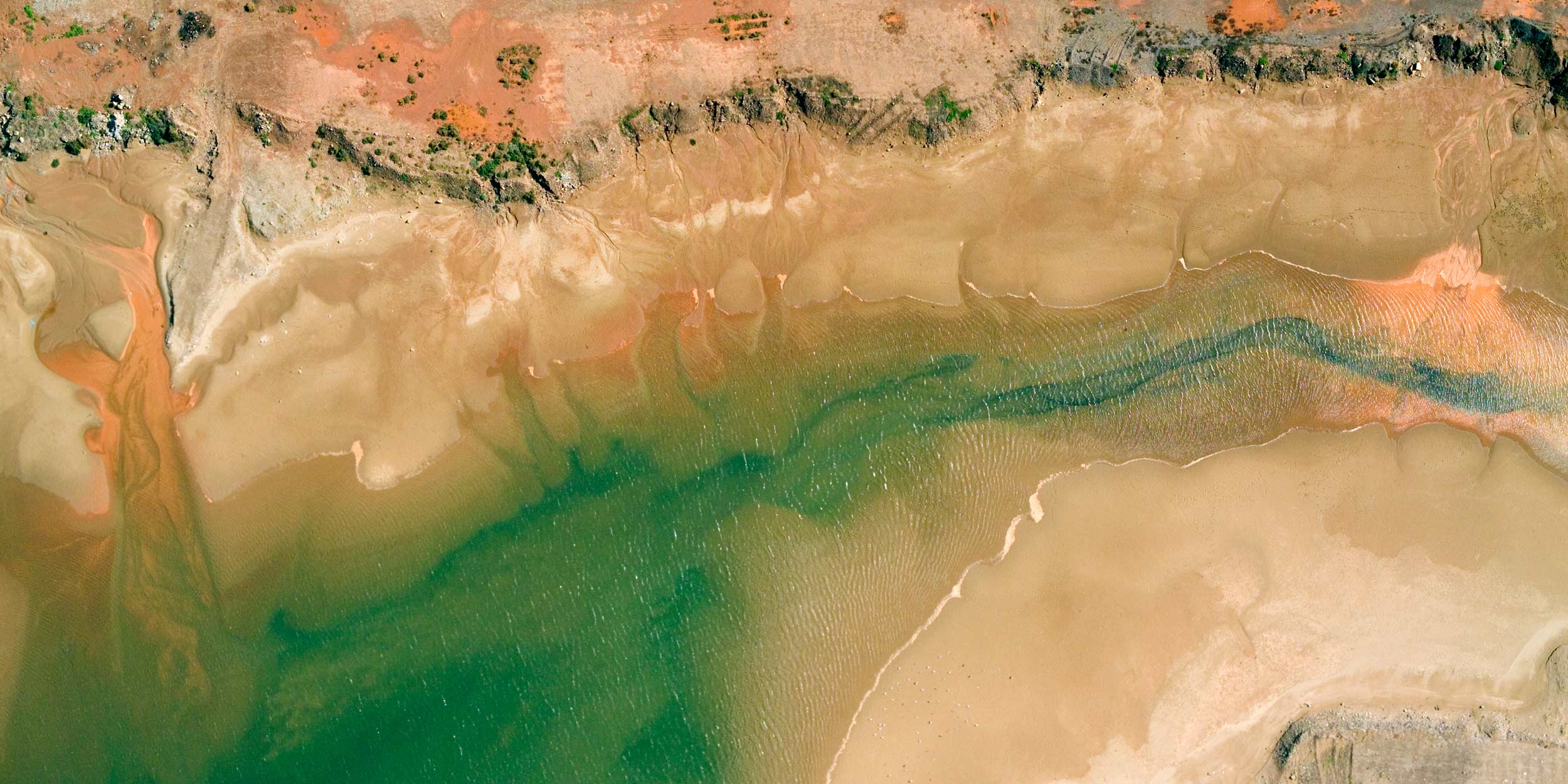Reducing the risks posed by Morocco deadly floods
Natural hazardsArticleNovember 24, 2015
It doesn’t rain often in the desert, but when it does, the danger can be extreme. A Zurich study reviews what can be learned from devastating floods in Morocco in 2014, based on research led by a group of experts in that country.
Morocco, an arid country better known for its deserts, is no stranger to floods. Traditionally floods were a natural part of the cycle of restoration and renewal: instead of being destructive events, they provided an ingenious way to irrigate crops. But today, as the country modernizes and its urban populations grow, floods pose an increasing threat.
In a detailed review of devastating floods in southwestern Morocco in late November 2014, Zurich and Morocco-based Targa-AIDE examine the impact on communities and seek lessons for the future.
Finding ways to use knowledge about weather to provide better warnings is one area where improvements might help. Morocco, like many other countries facing flood threats, must take a ‘holistic’ approach, looking for ways to avoid the risks, for example, of deforestation and problems made worse by failure to manage watersheds. Educating the public, improving ‘redundancies’ to ensure access to critical supplies and infrastructure during floods, encouraging better communication and banning building in flood zones are some of the other ways to improve resiliency. Sharing knowledge and increasing cooperation in the region could also help.
What is learned from Morocco’s floods could be invaluable not just for a country undergoing rapid change. Many of the lessons learned can be applied anywhere floods pose a major risk. The paper notes that there is a saying, ‘more people drown in the desert than die of thirst.’ But if flood resiliency can be improved, this need not be the case.
